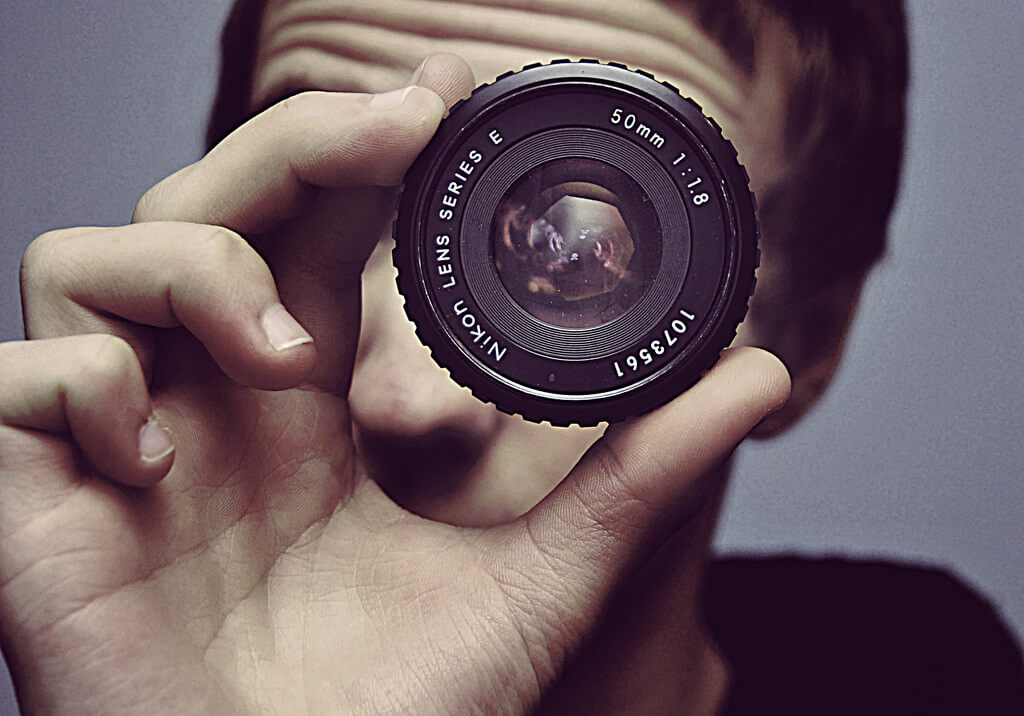What is a “prime” lens, you say? A prime lens is a fixed focal length lens, like 24mm or 85mm. Every photographer needs at least one (if not two) prime lenses depending on what he or she gravitates to in terms of subject matter or aesthetics.
Dylan Luder – First upload of 2010!!

I have Nikon 24mm – that is my workhorse lens. Its perspective distortion is just enough to be noticeable, but not distracting, and its angle of view and coverage are great.
But why a prime in the first place? Isn’t it restricting? “I want a zoom because it gives me flexibility.” Sure, Zooms give you flexibility in terms of focal length, but as with everything in life, there is a trade-off.
The trade-off is typically at least twofold (if not more) with zooms compared to a prime lens. The first thing you must give up is the speed of the lens. By this, I mean how wide the aperture opens up. For example, I have a Nikkor AF 28-80mm f/3.5-5.6 D zoom. I like this lens a lot, but what I don’t like is that when I’m at the shortest focal length (in this case 28mm), my lowest f-stop is f/3.5, but as I zoom out the lens to 80mm, my lowest f-stop becomes f/5.6 – effectively stopping me down 1.5 stops of light. This problem is inherent in the zoom lens because of the additional lens elements required to make the zoom work.
In addition to maintaining a constant f-stop, prime lenses are usually super fast. I have a Nikon 50mm f/1.4D. This lens is not only super fast. (I can get readable images with non-existent or negligible noise in extremely low-light.) It’s also super sharp.
Sharpness and vivid image accuracy is the other trade-off with zooms. Prime lenses tend to be sharper and provide more accurate color because there are fewer glass elements between the subject and the image sensor (or frame of film, if you’re still shooting with film).
Unless you’re going to be purchasing the tippy-top-of-the-line zoom lens (which run about two grand or more), the number of optical elements in a zoom lens increases the propensity of image-resolving artifacts that prevent your images from being as beautiful, clean, and vivid as possible.
Something else to consider: the focus ring on a prime lens is more sensitive than a zoom’s. You might argue, “I use auto-focus,” but do you really use it for all your photos? Of course not.
To achieve critical focus while manually focusing, you’ll want as much play as possible on the focus ring to find the sweet spot. Prime lenses have a more dynamic focus ring that will enable you to get all the subtle focus variations that you might want (and need) with optimal control.
The obvious cons in using a prime lens is that you have a fixed focal length, which means a fixed angle of view and a fixed set of photographic properties achievable with this prime lens. So you might have to move around a lot more to get the compositions that you want, and even then, you might need the properties of a telephoto lens or a wide angle and not have those properties available with a twist of the wrist.
Granted, you can find work-arounds for every drawback that the zoom lens has, but at the end of the day, the best image quality will come from a prime lens. And that’s of prime importance to many photographers.
Here are a few more great prime lenses you might want to take a look at:
Nikon 85mm f/1.4D AF Nikkor Lens – This little jewel is probably considered one of the top 5 best lenses Nikon has made and is probably the best for portrait photography.
Nikon 50mm f/1.8D AF Nikkor Lens – This is a very fast, distortion-free lens, and at around $134, this really is a must-have.
Nikon 28mm f/2.8D AF Nikkor Lens – Great color and extremely sharp. Also does really well in low light.
Nikon 35mm f/1.8G AF-S DX Lens – This lens is extremely lightweight and silent. It’s perfect for portraits and other general uses.
